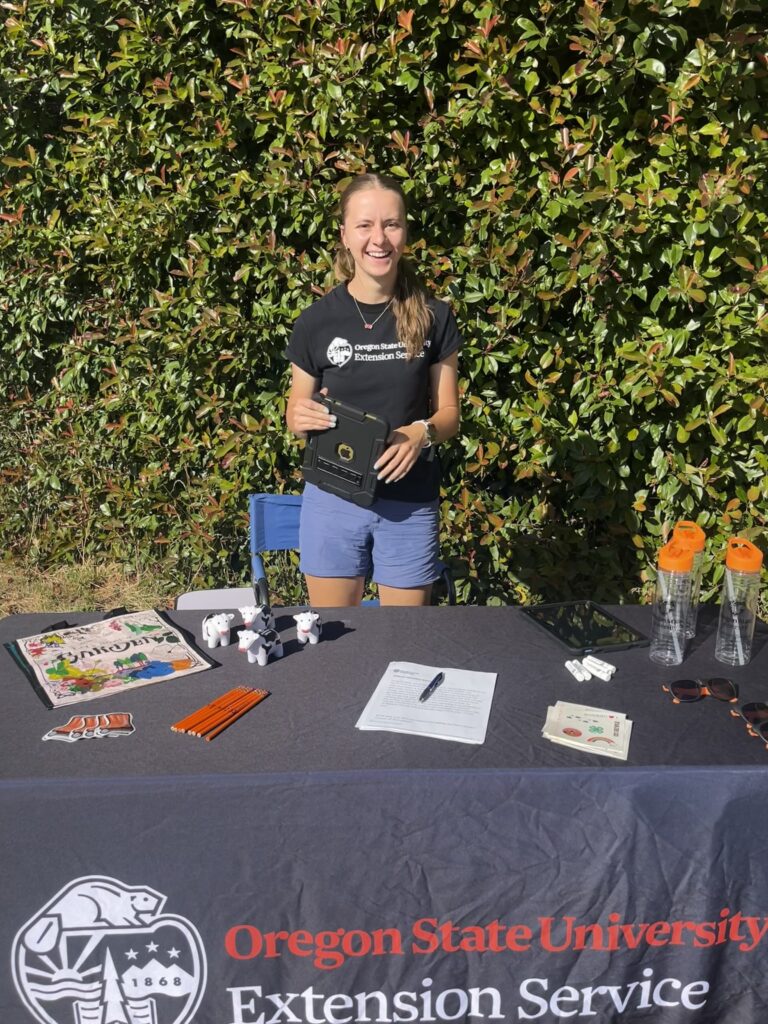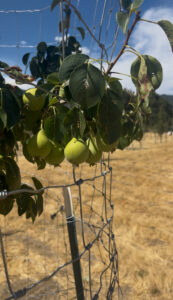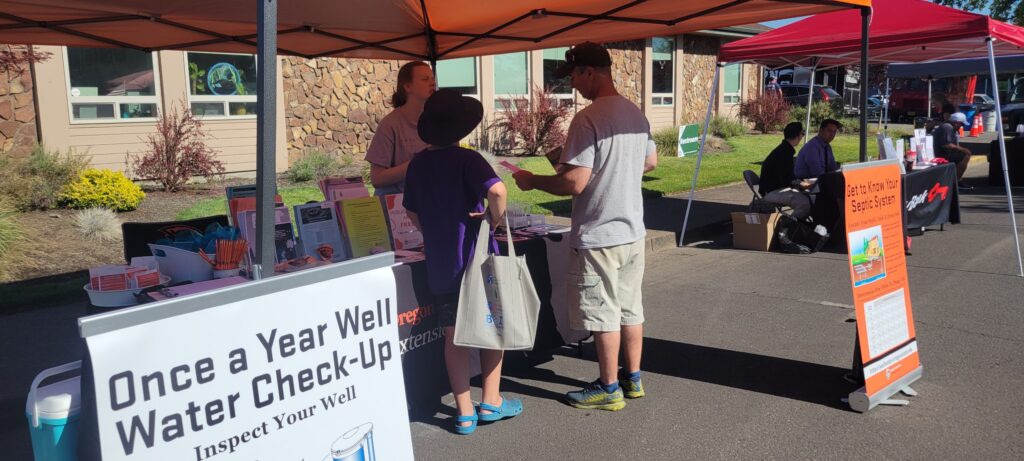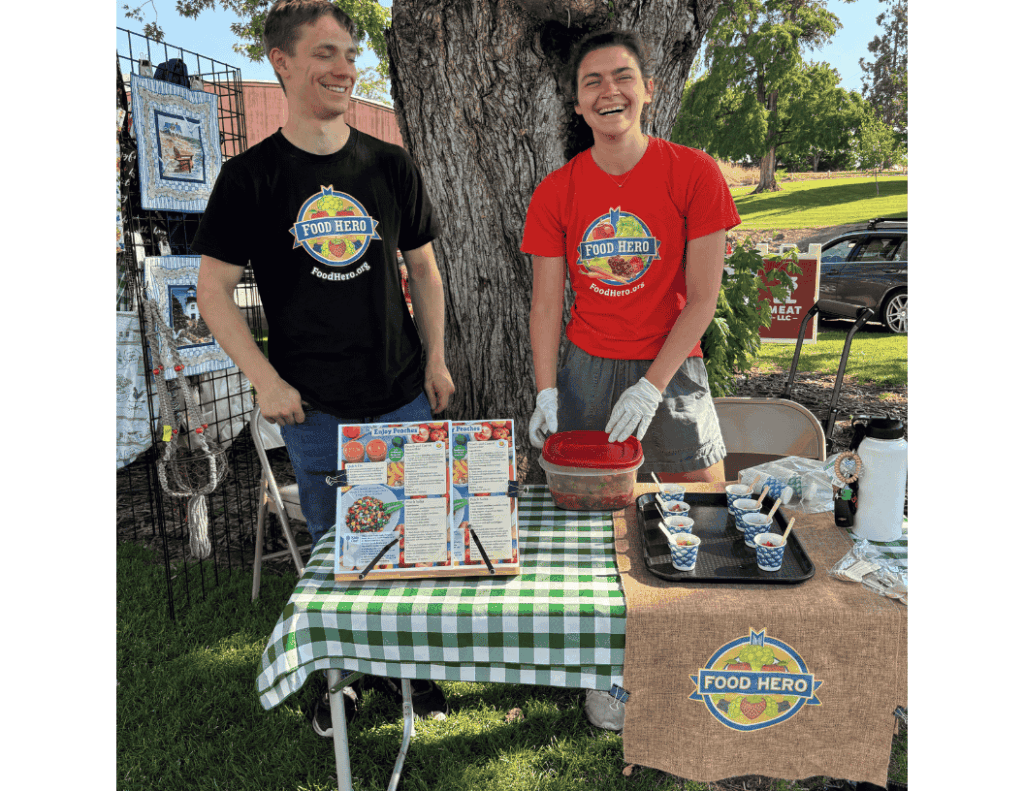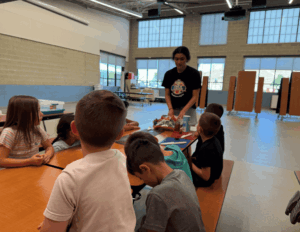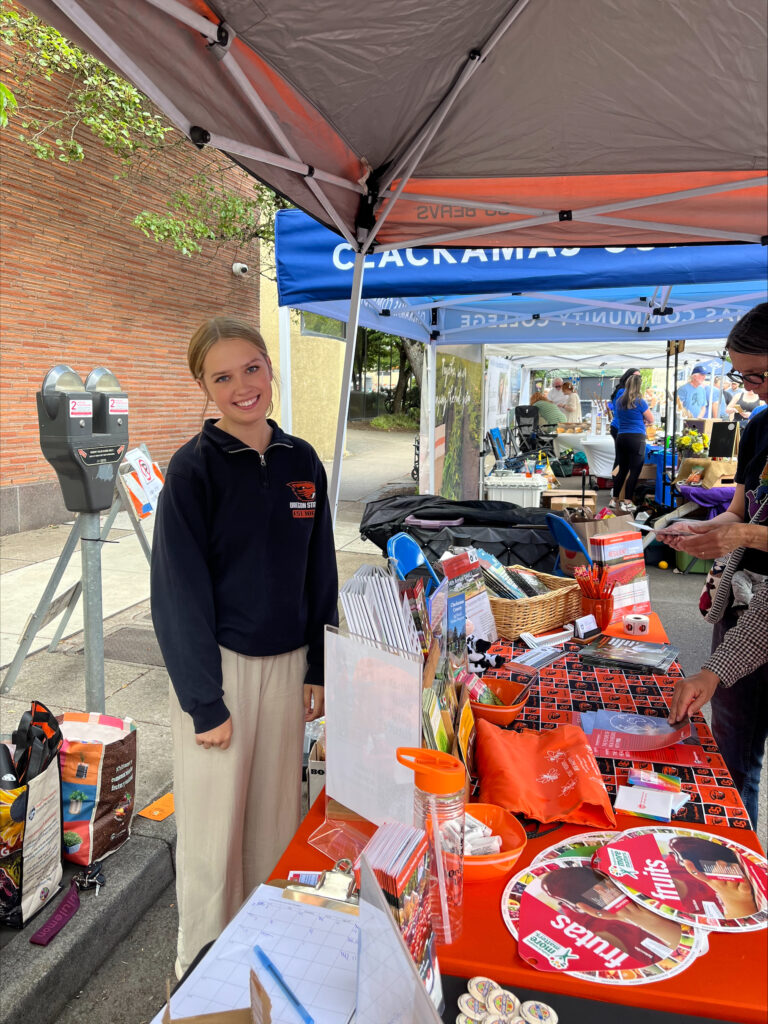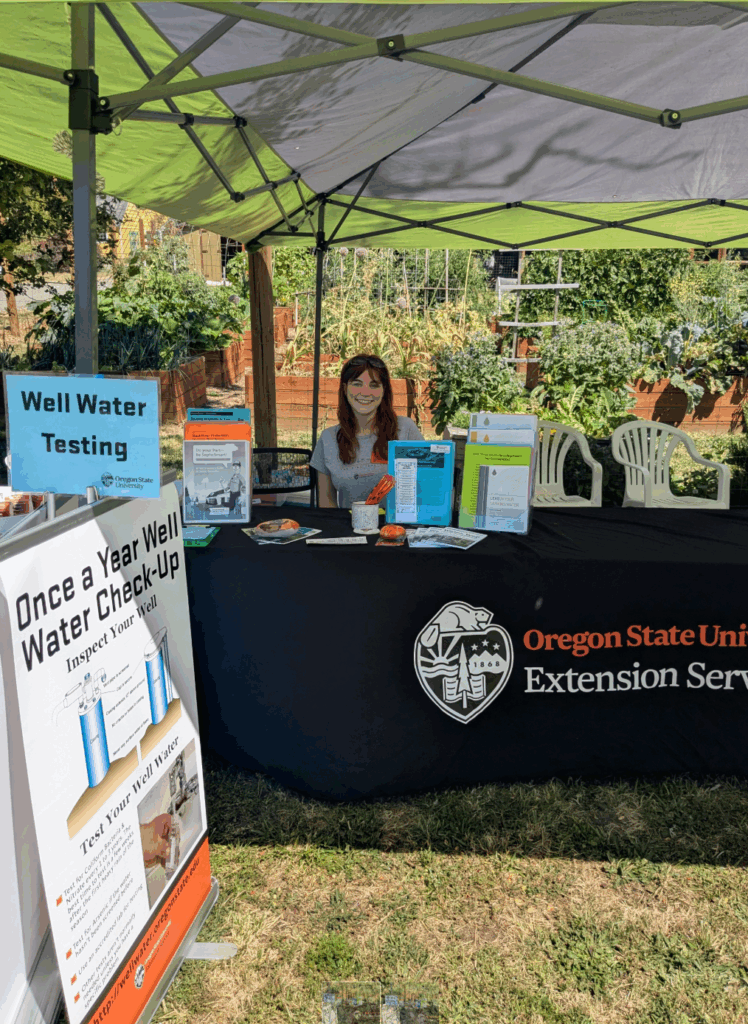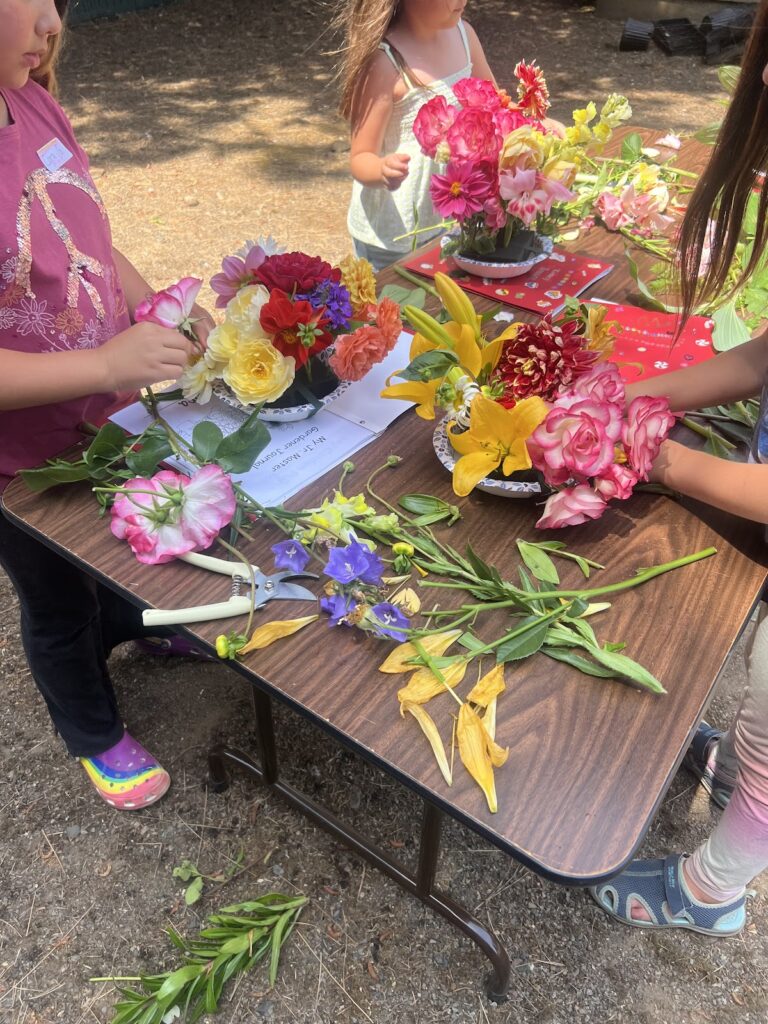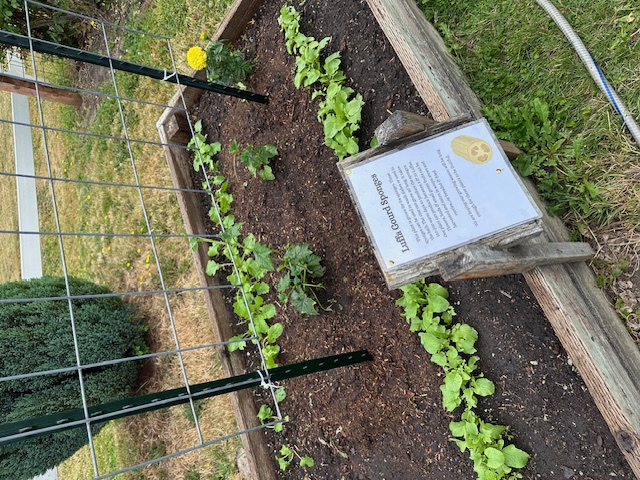Hi! My name is Natalie Padilla, and I am currently an intern with the Oregon State University Extension Service in Clackamas County. I graduated from high school this year and am about to enter my first year of college at Oregon State University in the fall. Currently, I am hoping to study fisheries, wildlife and conservation sciences. One of the main goals I have for this internship is to learn how to talk to different types of people and continue to pass my knowledge on to others.
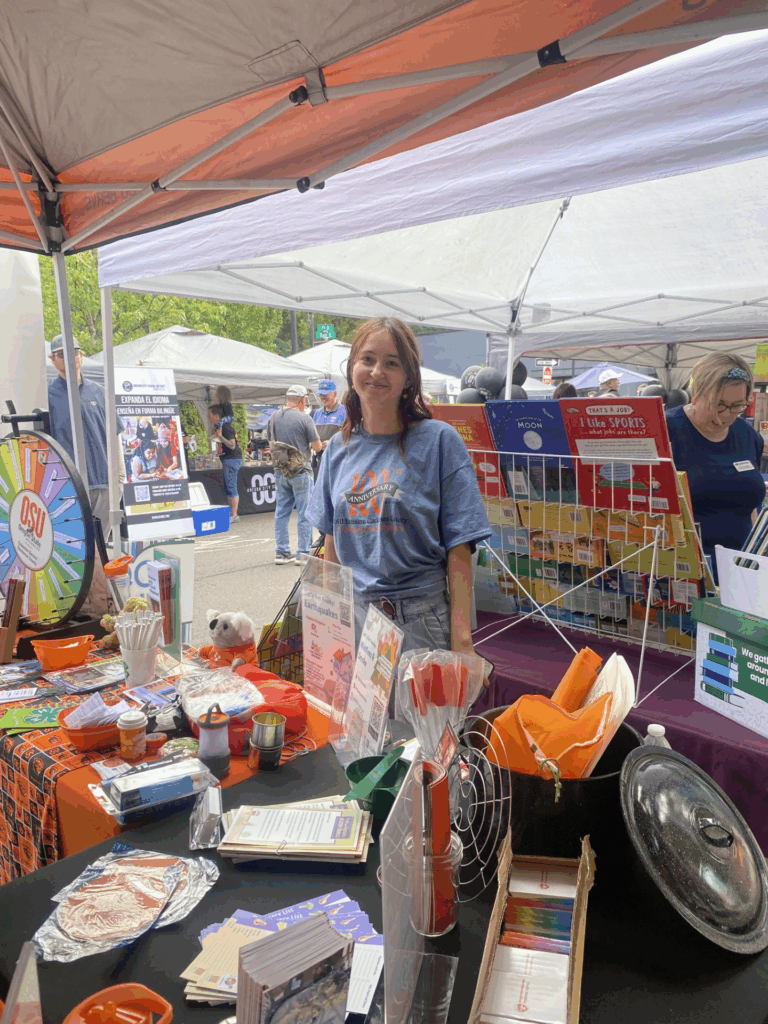
Working with the SNAP-Ed and Family and Community Health has already educated me on things like nutrition, food safety and community outreach. So far, I have started being one of the leaders for the Walk with Ease program. We meet twice a week to provide information about staying healthy with arthritis, while also having dedicated time for stretching and walking. We also find time to include a Food Hero recipe to give out to participants for one of the two-day sessions. The participants can sample the dish and take home the recipe to recreate too. They are also provided with the nutritional and relevant food safety information.
Not only have I been able to help with Walk with Ease, but I have also been able to help with OC’s Free Food Markets at the DHS office. We hand out small bags highlighting different recipes, fruits or vegetables and matching spice or herb packets for recipes that month. Another opportunity we had was going to teach about MyPlate to elementary and middle schoolers at Naas Elementary School.
Our most recent tabling event was the Oregon City First City Celebration. Where Macy, I and others were able to tell observers about OSU Extension and the different programs that we offer! We had them spin a wheel and answer questions for a prize, let them take flyers and many other things. It was an overall great experience that allowed us to teach even more about Extension!
I am excited for even more opportunities to teach other people important knowledge and information.
